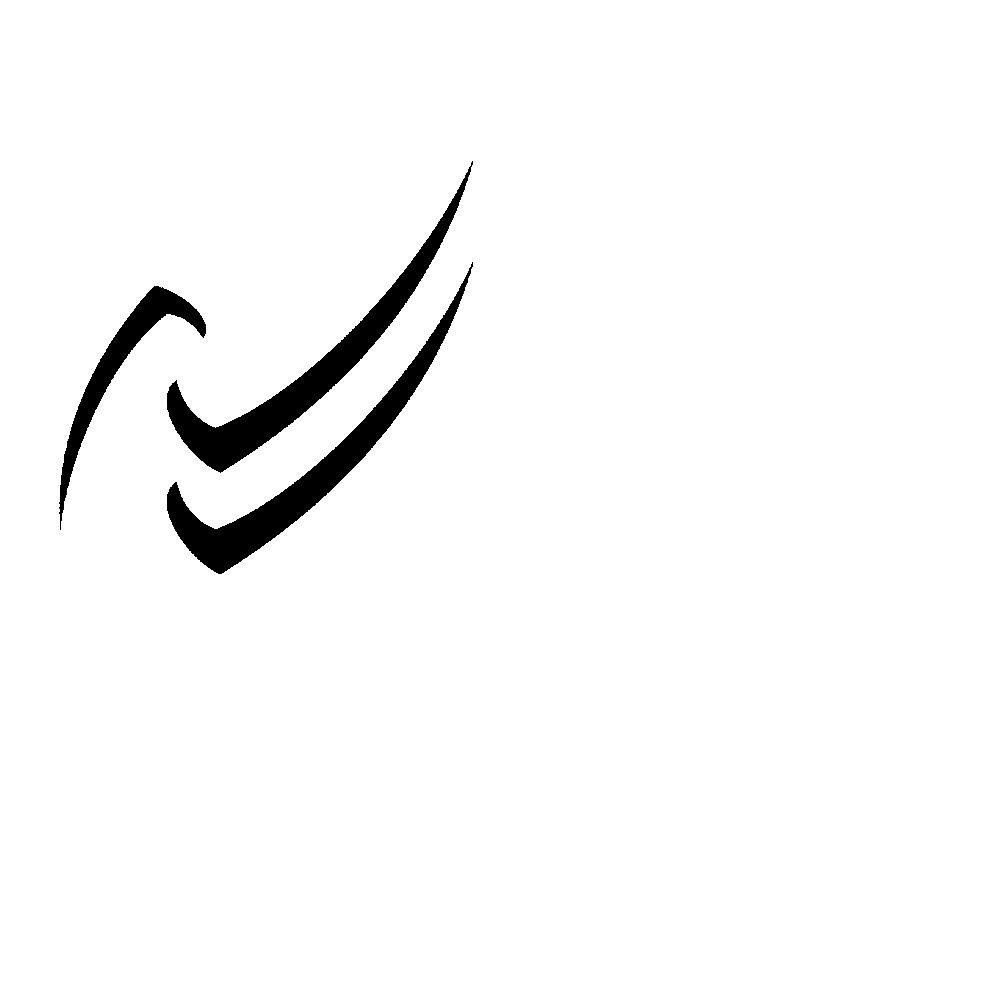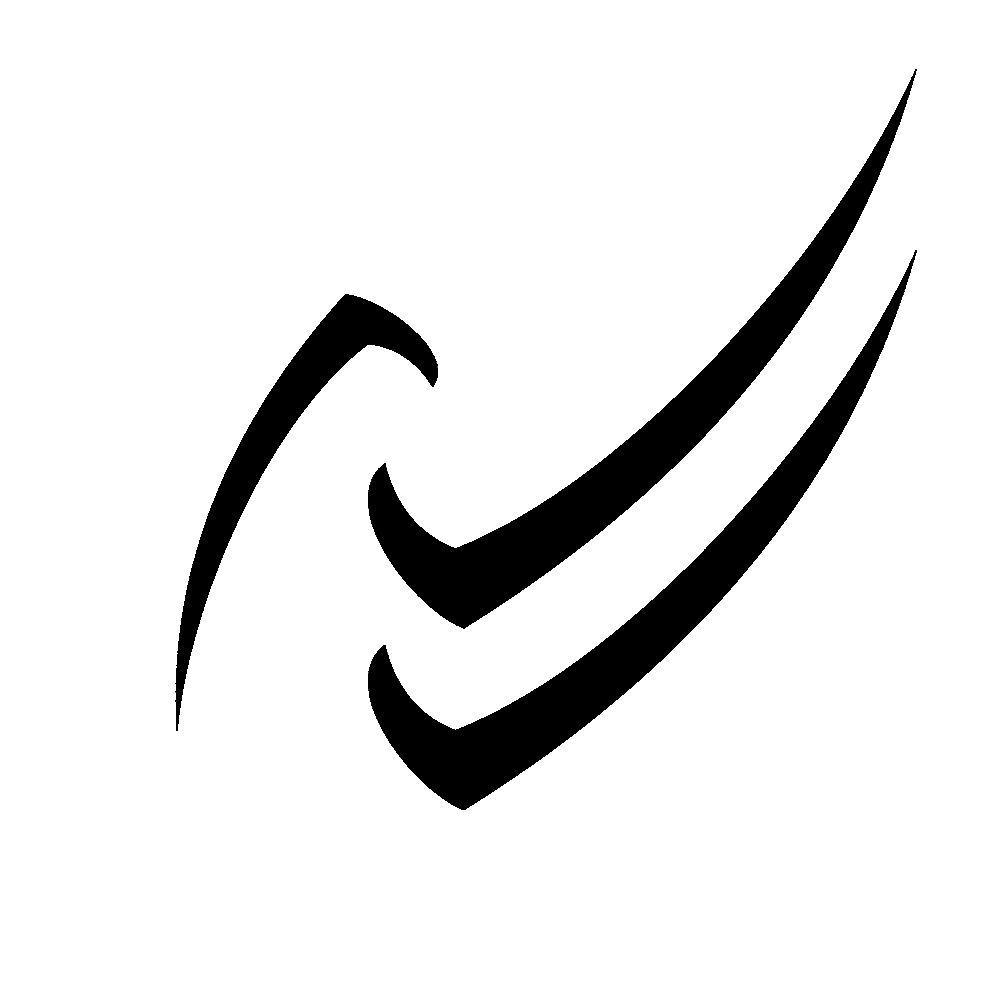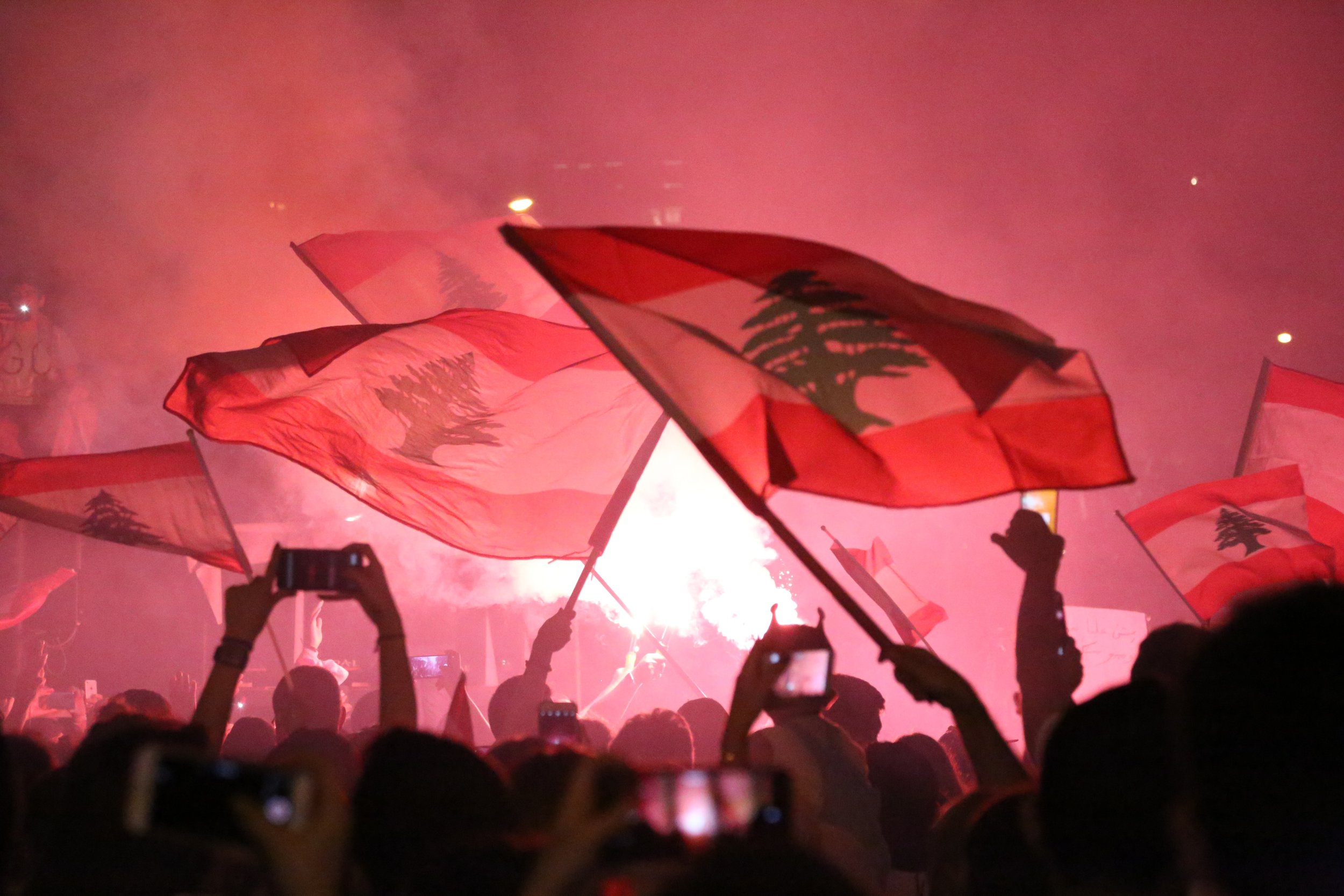Lebanon's Economic situation: this image sums it up
The Ongoing Economic Crisis
Let's dive into the land of cedar trees and crisis, Lebanon, where the economy seems to be having a never-ending limbo party, asking: how low can you go? In 2023, the Lebanese economy seems to be doing the limbo under a bar set so low, it's practically underground.
The World Bank has been keeping an eye on this economic dance-off. As of 2023, they report that the Lebanese economy, once the swanky party host of the Middle East, is markedly distant from a stabilization path, let alone a recovery path. The banking system? Systemic failure. The currency? Collapsed. Dissolved, just like that wonderful image you saw for the blog. The dollarized cash economy has grown to almost half of the country's GDP, thanks to crisis management decisions that have been as effective as a chocolate teapot.
The Lebanese pound has lost more than 98 percent of its pre-crisis value by February 2023. Inflation is chilling at an average of 171.2% in 2022, a race to the top it seems to be winning. The stabilizing tools, like the Sayrafa platform, were meant to steady the pound, but they've acted more like band-aids on a gunshot wound. Oh boy, let's talk about that. You see, in the midst of Lebanon's economic turmoil, the central bank decided to whip up a little something called the Sayrafa platform. This, my dear readers, is the central bank's way of trying to play hero, attempting to stabilize the Lebanese pound.
Picture this: You're at a sinking ship party and instead of trying to plug the leak, you've decided to bring out your favorite bucket. That's Sayrafa for you. It's the central bank's fancy bucket for bailing water out of the sinking ship that is the Lebanese economy.
Essentially, the Sayrafa platform tries to regulate the exchange rate between the Lebanese pound and the US dollar. But instead of being the lifesaver it was intended to be, it's been a bit of a dud. Why, you ask? Well, it's kind of like trying to hold back the ocean with a broom. The value of the Lebanese pound keeps dropping, and all Sayrafa seems to be doing is temporarily slowing down the inevitable.
But wait, there's a twist! This platform is not just ineffective, it's also become a gold mine for those lucky enough to get access to dollars through it. You see, there's a significant spread between the Sayrafa rate and the banknote rate. So, if you're able to exchange your Lebanese pounds for dollars at the Sayrafa rate, you can then turn around and sell those dollars at the banknote rate for a tidy profit. It's like having a money-printing machine! And who doesn't love a bit of arbitrage in the midst of an economic crisis, right?
That’s the the Sayrafa platform: a well-intentioned but deeply flawed attempt at stabilizing the Lebanese pound. A real gift to the savvy arbitrageurs, and a spectacular demonstration of how not to manage an economic crisis.
Political Implications of the Economic Crisis
Now, how about the political situation? The burden of the economic adjustment is being passed on to the most vulnerable segments of the population like a hot potato. It's as if the political paralysis is a feature, not a bug, serving a narrow elite base while the rest of the country suffers.
The World Bank Middle East Country Director has said it best: "As long as the economy is contracting and crisis conditions persist, living standards are set for further erosion, poverty will continue to spiral." Now that's a sobering thought to keep the sarcasm in check.
The Dollarized Cash Economy: A Fox in the Henhouse?
Alright, let's dive into the chaos that is the Lebanese economy – or as I like to call it, the economic equivalent of a dumpster fire. Now, in this smoky mess, there's a peculiar character making quite a scene: the dollarized cash economy. On the surface, it seems like a saving grace, with an impressive size of US$9.9 billion, roughly 45.7% of Lebanon's GDP in 2022. But don't be fooled, this is about as friendly to economic growth as a fox is to a henhouse.
First off, this dollar-frenzy throws a wrench into the works of fiscal and monetary policy. Imagine trying to navigate a ship where half the crew is taking orders from someone else. That's what it's like for Lebanon's central bank trying to implement monetary policy when a big chunk of the economy is operating in U.S. dollars.
Then there's the surge in informality, which is just a fancy way of saying that a lot of people are working in conditions that make the wild west seem like a well-regulated bureaucracy. We're talking no labor protections, poor working conditions, lack of access to benefits, no regulations, just good old fashioned economic chaos.
But wait, there's more! This dollarized cash economy is also a paradise for tax evaders. With transactions harder to trace, it's like a never-ending game of hide and seek with the government's tax collectors. The result? Less money for public services and infrastructure. Because, you know, Lebanon really needed another problem to deal with.
So, while it might seem like the dollarized cash economy is keeping things afloat, in reality, it's adding fuel to the dumpster fire. Just another day in the life of the Lebanese economy, folks.
Looking Ahead: A Glimmer of Hope?
Despite the bleak picture painted, it's important to remember that resilience is ingrained in the Lebanese people. With crisis, comes opportunity, and it's this spirit of resilience and hope that could guide the country towards a better future.
The Lebanese economy remains in a precarious state, characterized by a steady decline, systemic failure of the banking system, and a pervasive dollarized cash economy. The dollarized cash economy was estimated to be almost half of GDP in 2022, and it is seen as a major hindrance to economic recovery. The country's GDP declined by 2.6% in 2022, and the total economic contraction since 2018 is 39.9% of GDP. The Lebanese pound continued to depreciate sharply, losing more than 98 percent of its pre-crisis value by February 2023. The World Bank predicts a further contraction of 0.5% in 2023.
The political situation in Lebanon is quite complex. Activists and journalists face prosecution for criticizing government policies and corruption, and women, migrant workers, and LGBT people continue to face systemic discrimination.
The Path Towards Hope: Lebanon's Future
Although the situation is grim, one can't help but admire the resilience of the Lebanese people who, despite all odds, continue to fight for a better future. One of the recent manifestations of this resilience is the continuous protests that have been occurring across the country, embodying the people's demand for change and a desire for a better tomorrow. As we look to the future, it's the grit, determination, and persistence of these protestors that offer a glimmer of hope.
While the current situation in Lebanon is undoubtedly challenging, there's a saying that goes, "In every crisis, there's opportunity." It's during these trying times that the seeds of change can be planted, and with the right nurturing, can grow into something transformative.
Civil Society Activism: Despite the numerous challenges faced by civil society in Lebanon, including a restrictive legal environment and political intimidation, they have been at the forefront of the response to the crisis. By providing essential services, advocating for rights and accountability, and mobilizing the public, these organizations are a critical part of Lebanon's path towards recovery. Their work offers hope for a more inclusive, just, and democratic Lebanon.
International Support: While foreign aid can't solve all of Lebanon's problems, it can provide essential relief in the short term and support for structural reforms in the long term. Continued advocacy can help ensure that this aid reaches those who need it most and isn't co-opted by corrupt elites.
Economic Reform: The economic challenges facing Lebanon are severe, but they're also an opportunity to break with the past and build a more equitable and sustainable economy. This could include reforms to improve governance, reduce corruption, and promote investment and job creation, particularly in sectors like technology and renewable energy that could drive future growth.
Political Change: The current political class in Lebanon has proven itself incapable of addressing the country's crises. The public's demand for change, as seen in the ongoing protests, is a promising sign of the potential for political renewal. New leaders and parties that prioritize the public interest over sectarian and personal gain could transform Lebanon's political landscape.
In conclusion, while the situation in Lebanon is deeply troubling, it's also a moment of potential transformation. The path forward will undoubtedly be difficult, but with resilience, solidarity, and a commitment to change, a brighter future for Lebanon is within reach. And despite the crisis, the culture of Lebanon remains rich and beautiful, including it's dialect, so if you’re interested in learning Lebanese Arabic, unlock the vibrant world of Lebanese culture by signing up for our engaging online Lebanese Arabic lessons today, or sign up and reserve your spot for our upcoming 8 week intensive course for beginners, with options to choose either group classes (2 classes a week, 1 hour per class) or one-on-one tutoring (1 class a week, 1h a class). Sign up here to reserve! Classes start May 24th!
Sources
https://www.worldbank.org/en/news/press-release/2023/05/16/lebanon-normalization-of-crisis-is-no-road-to-stabilization
https://www.hrw.org/world-report/2023/country-chapters/lebanon
https://nowlebanon.com/sayrafa-and-the-false-savior/#:~:text=The%20Sayrafa%20platform%20is%20one,those%20with%20preexisting%20bank%20accounts.




